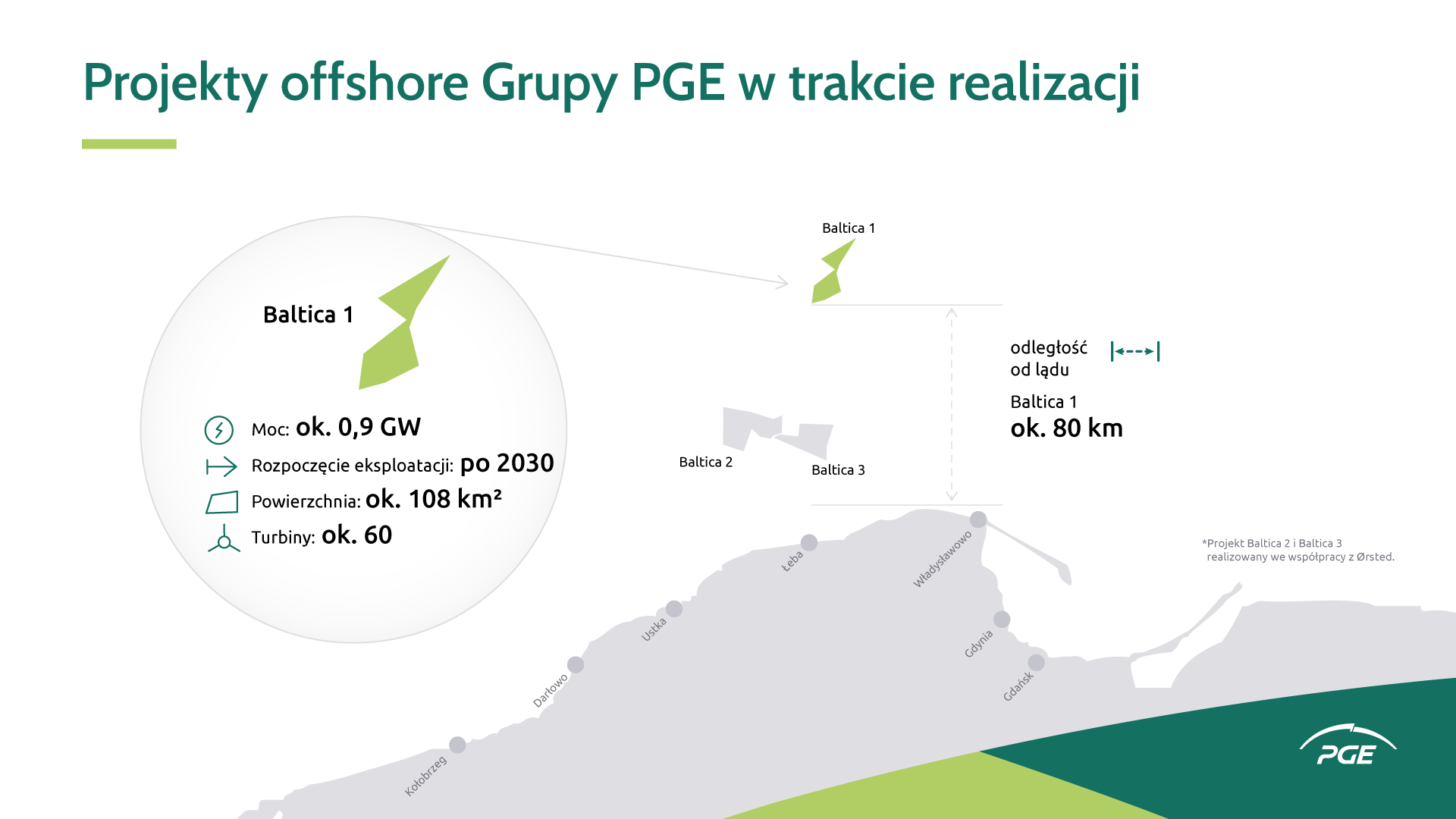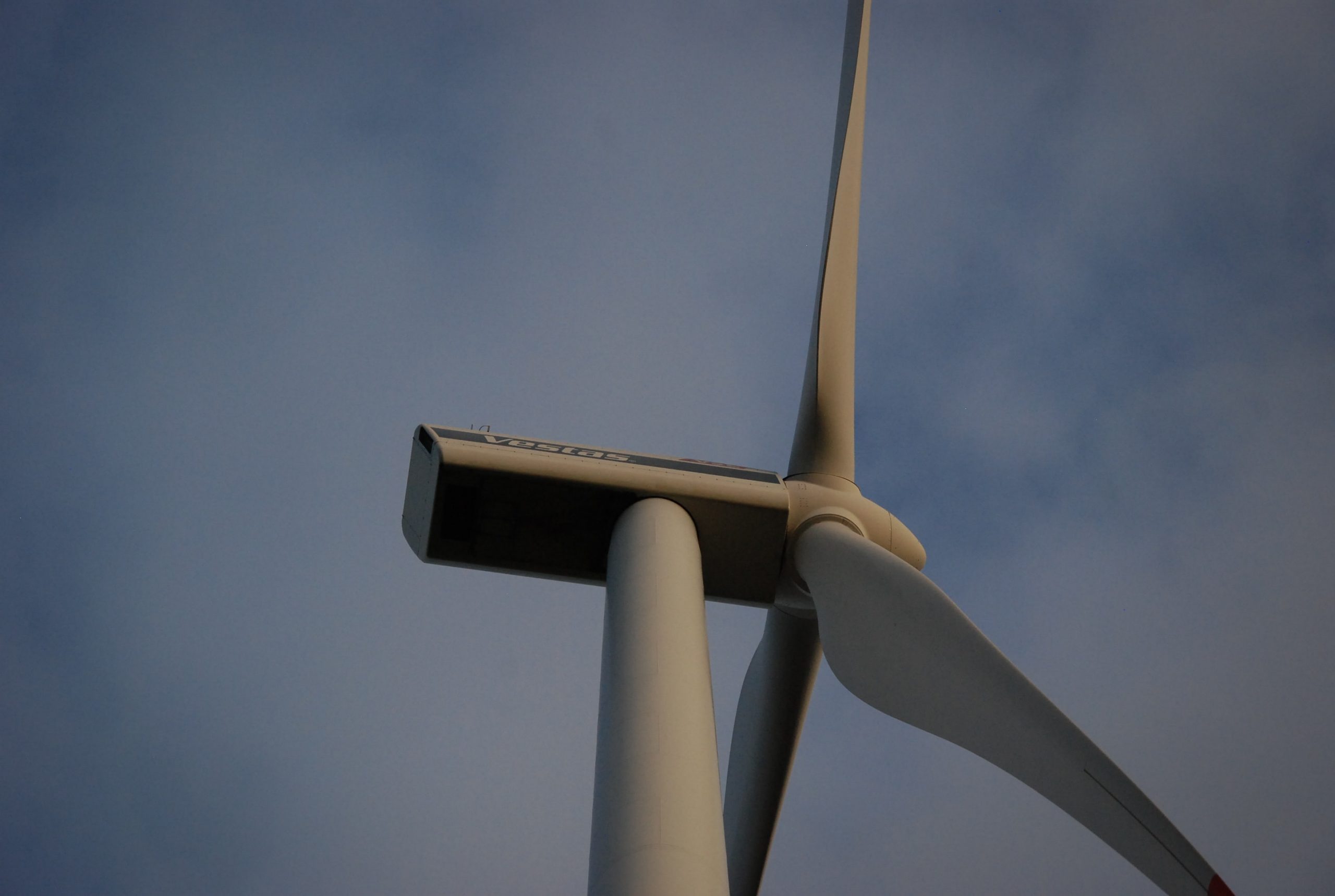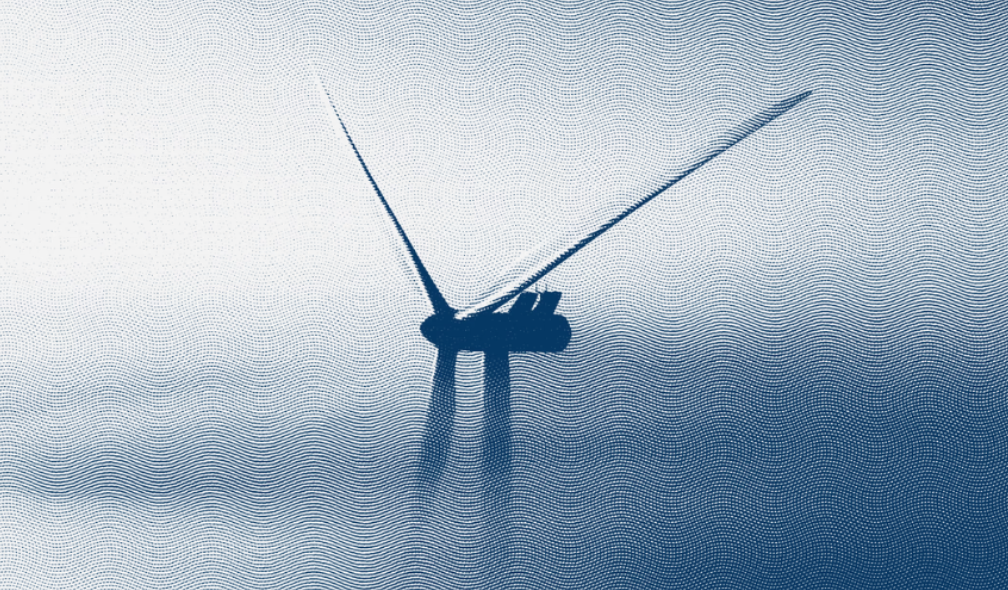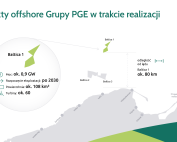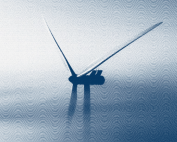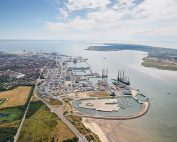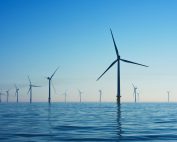As we read on the website of the Federal Agency for Nature Conservation (Bundesamt fur Naturschutz), studies are currently being conducted on the impact of offshore wind farms on bat populations in the North and Baltic Seas. The ongoing project is expected to last until 2023.
German Nature and Biodiversity Conservation Union (NABU), Mecklenburg-Vorpommern branch, is responsible for the study. The project “Section II 3.3 Human impacts, environmental issues in marine projects” runs from December 2019 to January 2023.
As part of the expansion of RES sources in Germany, further development of offshore wind energy is planned. It is well known that bats can be killed by wind turbines Bats, like migratory birds, regularly roam the North and Baltic Seas. For migrating bats there is an increased risk of collision with wind turbines.
The aim of this research is to determine what specific factors increase the risk of bats being killed on offshore wind turbines e.g. wind farm location, flight altitude, rotor area exploration. The results of the research should be used to create measures to avoid collisions with wind turbines, so that bats migrating over the sea can be effectively protected. For this purpose, it shall be investigated whether animals cross the North Sea and the Baltic Sea along established routes.
To protect bats, specific marine areas should be excluded from offshore wind development. In addition, it is investigating whether there are behavioural patterns in bats at sea that may increase the risk of a fatal collision with rotor blades. This can occur when bats fly up to wind turbines and explore the rotor area. Such collisions could be avoided by deliberately shutting down turbines during phases with particularly high bat activity or during phases where “high-risk” behavior occurs. As the BfN website reads, bats only cross marine areas on a few nights with low winds so conservation measures are not expected to cause much loss of productivity.
To investigate whether bats are found throughout the North Sea and Baltic Sea, or whether they tend to roam the seas along specific routes, acoustic recording devices (“bat detectors”) were installed on buoys, offshore platforms and a lighthouse. They automatically record ultrasound sounds emitted by bats, which allows conclusions to be drawn about their activity at the sites studied. Also, some bats are equipped with small transmitters that can be used to track their flight path. Observations are made from ships on nights with particularly low winds during migration periods.
In the future, acoustic surveys should also be conducted directly at offshore wind turbines to gather long-term knowledge of bat activity in the rotor region. However, this will only be possible with appropriate provisions in the operating permits.
Source: Bundesamt für Naturschutz





